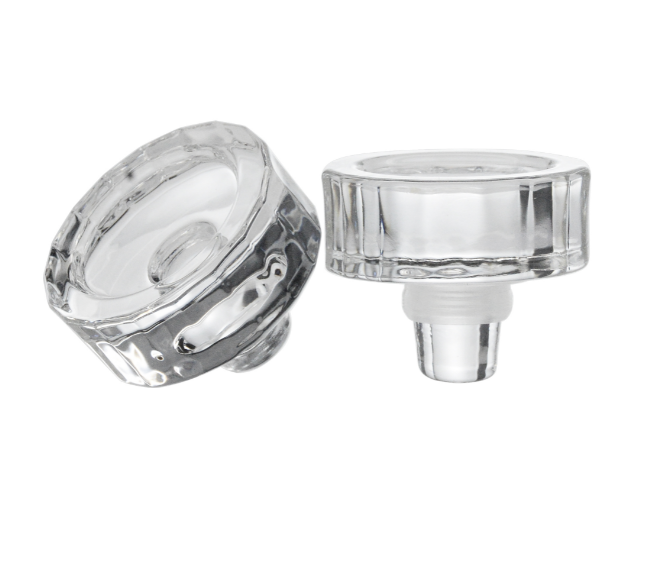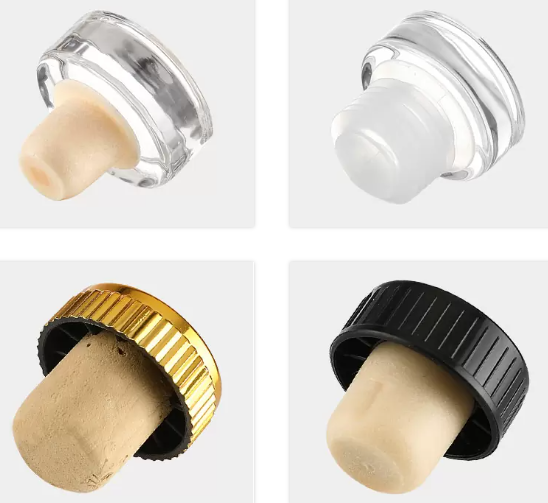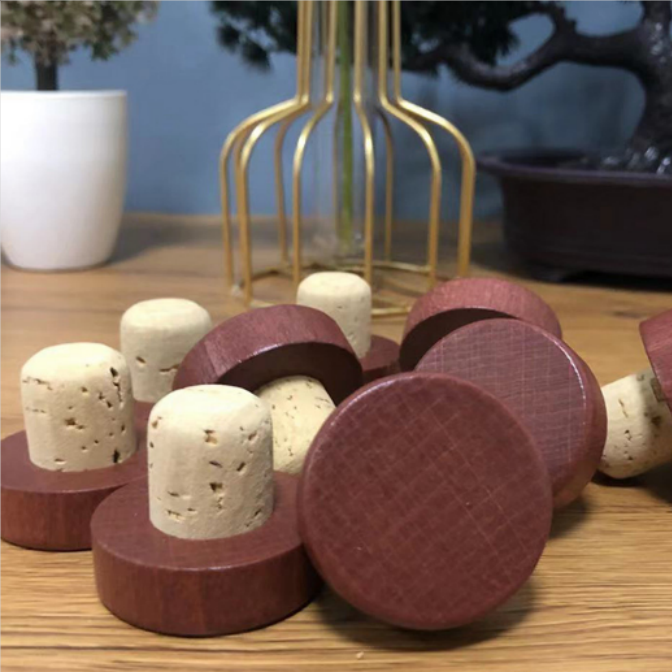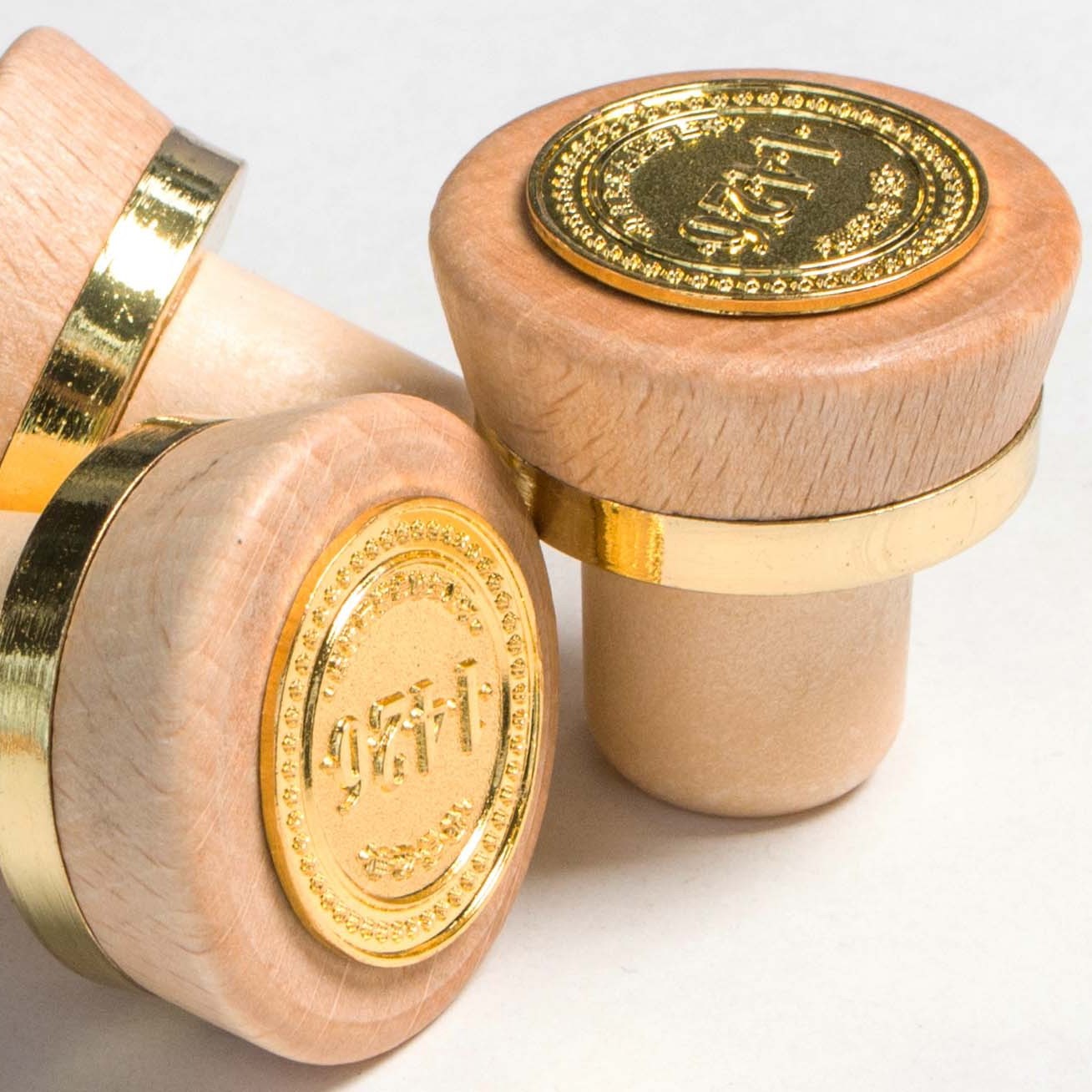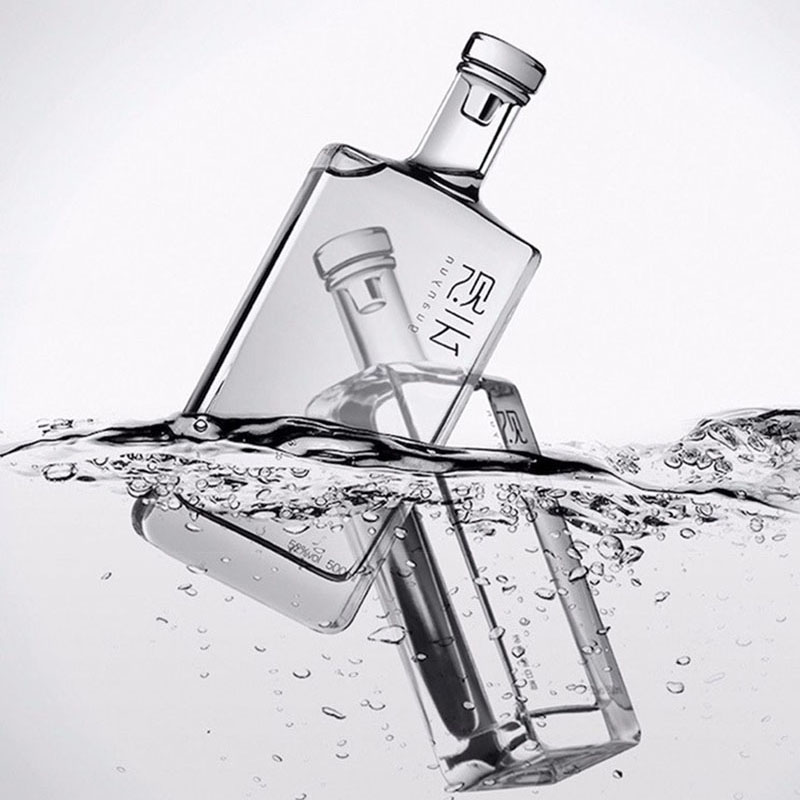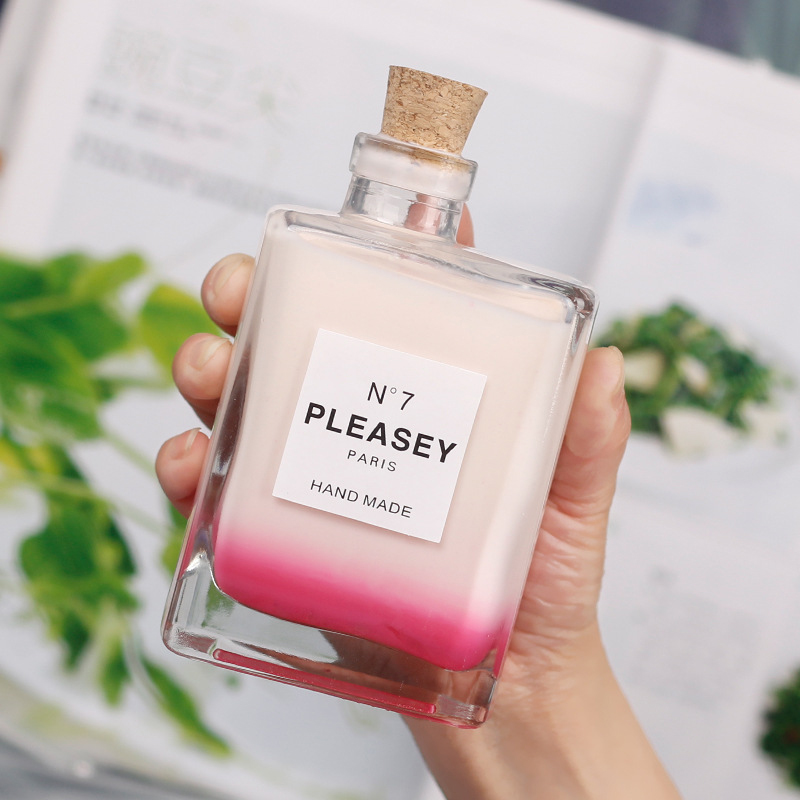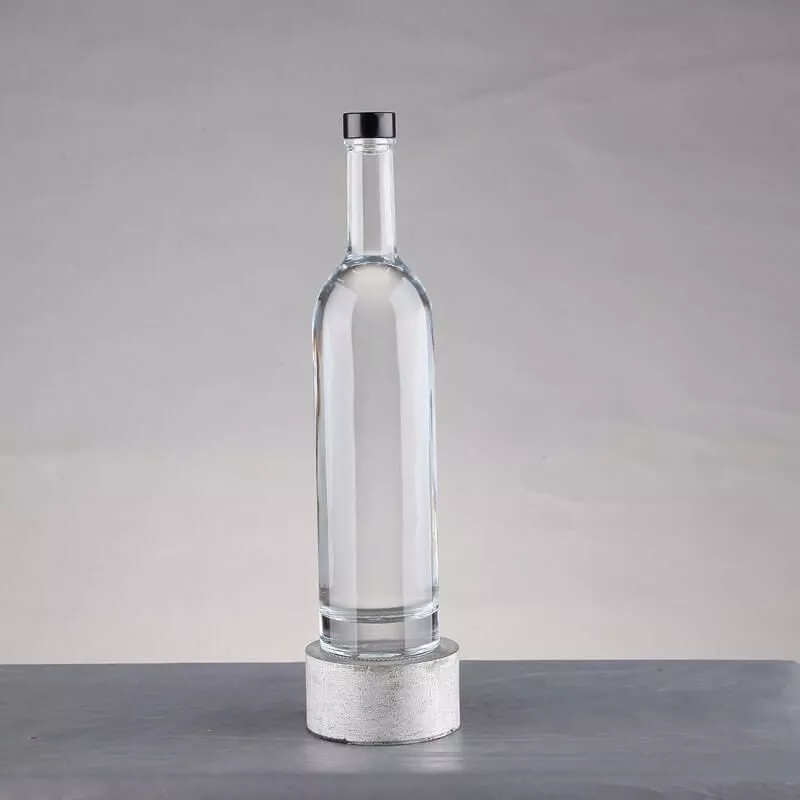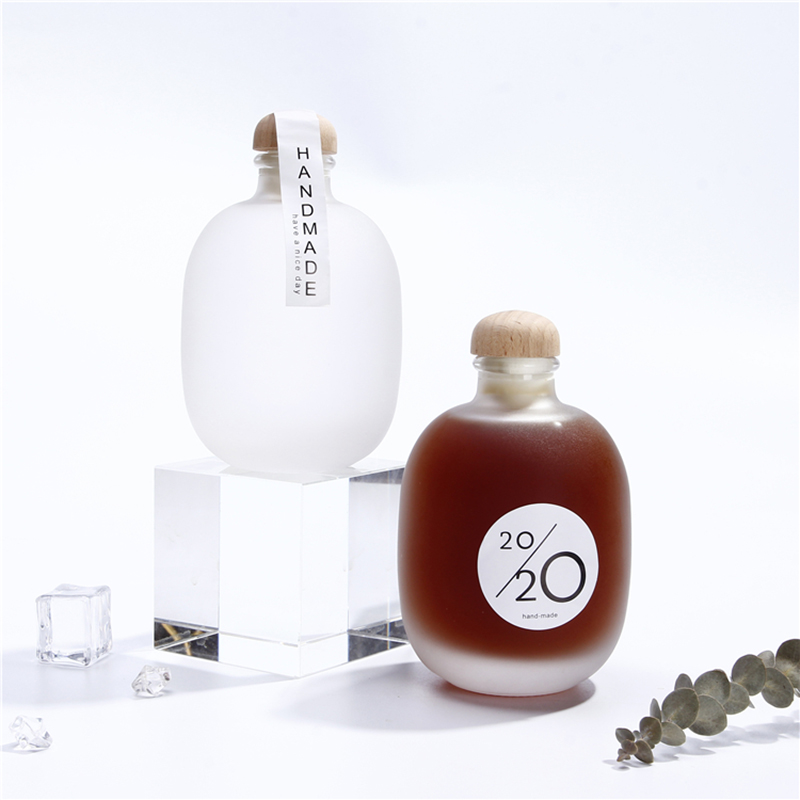The selection of bottle caps for foreign liquor bottles requires comprehensive consideration of factors such as sealability, functionality, brand tone, cost, and storage needs. Bottle caps of different materials and designs are suitable for various scenarios (e.g., short-term consumption, long-term storage, high-end positioning). Below is an overview of the selection logic and common solutions for foreign liquor bottle caps, starting from core needs: I. Core Selection Criteria: Three Fundamental Functions of Bottle Caps 1. Sealability: This is the most core requirement. Foreign liquors (especially distilled spirits) have a high alcohol content (usually over 40%vol), and their flavor relies on volatile substances (such as esters and phenols). Bottle caps must block the entry of air and moisture as well as the evaporation of the liquor, to prevent flavor loss or oxidative deterioration. 2. Safety: The material must be chemically stable, not react with alcohol or the components of the liquor, and not release harmful substances (such as plasticizers, metal ions, or off-odors), ensuring the purity of the liquor. 3. Compatibility: It must match the bottle mouth design (e.g., screw cap, bayonet cap) while considering the usage scenario (e.g., ease of resealing, suitability for long-term storage) and brand image (e.g., sense of premium quality, uniqueness). II. Common Bottle Cap Materials and Applicable Scenarios Bottle caps made of different materials vary significantly in performance, cost, and style. The choice should be based on the positioning of the foreign liquor (high-end/affordable) and storage cycle (short-term/long-term): 1. Metal Caps (Aluminum/Alloy, Mainstream Choice) - Material Characteristics: High density, strong chemical stability, usually paired with food-grade silicone/rubber gaskets to enhance sealability. - Advantages: - Extremely strong sealability, completely blocking air penetration, suitable for distilled spirits that require long-term storage (e.g., whiskey, brandy); - Resistant to alcohol corrosion, no risk of substance migration, and high safety; - Diversified designs (e.g., matte finish, metallic luster, brand logos) can be achieved through processes such as stamping, electroplating, and laser engraving, balancing functionality and a premium feel. - Applicable Scenarios: - Mid-to-high-end foreign liquors (e.g., single malt whiskey, XO-grade brandy); - Liquors that require long-term storage (e.g., cask-strength whiskey, aged rum); - Brands that emphasize "sealability" and "stable quality" (e.g., Japanese whiskey, high-end vodka). 2. Plastic Caps (PET/PP, Common for Affordable Liquors) - Material Characteristics: Low cost, lightweight, mostly screw-cap design, some paired with simple gaskets. - Advantages: - Low cost, suitable for affordable mass-produced liquors (e.g., basic vodka, entry-level rum); - High production efficiency, can be quickly adapted to standardized bottle mouths. - Limitations: - May slightly swell when in long-term (over 5 years) contact with high-concentration alcohol, leading to reduced sealability; - Lack of a premium feel, and low-quality plastics risk releasing off-odors. - Applicable Scenarios: - Affordable foreign liquors (e.g., basic whiskey sold in supermarkets, flavored liqueurs); - Liquors focused on "immediate consumption" rather than long-term storage (e.g., pre-mixed foreign liquors). 3. Natural Corks (Niche, Mostly for Specific Styles) - Material Characteristics: Made of natural oak, with tiny inherent pores, traditionally used for wines that require micro-oxidation. - Advantages: - Come with a "high-end retro" label, suitable for brands that emphasize traditional craftsmanship (e.g., some niche brandies, aged gin); - Elegant appearance, in line with some consumers’ perception of "classic". - Limitations: - Weaker sealability than metal caps; the natural pores cause slow air penetration, which easily leads to alcohol evaporation and liquor oxidation during long-term storage (distilled spirits do not require micro-oxidation, as it would instead damage the flavor); - Risk of "cork taint" (TCA contamination), which affects the purity of the liquor. - Applicable Scenarios: - A small number of high-end foreign liquors that emphasize "traditional craftsmanship" (non-mainstream, more for decorative design); - Liquors that need to be consumed in the short term and are not suitable for long-term storage. 4. Composite Caps (Combining Decoration and Functionality) - Design Characteristic: The outer layer is made of decorative materials (e.g., solid wood, leather, carved metal), and the inner layer is a sealing core (metal/silicone gasket), balancing aesthetics and sealability. - Advantages: - The outer material enhances the brand’s premium feel (e.g., solid wood caps match the "natural" tone of single malt whiskey, while carved metal caps match luxurious brandy); - The inner gasket ensures sealability, avoiding the sacrifice of functionality for decoration. - Applicable Scenarios: - Ultra-high-end limited-edition foreign liquors (e.g., vintage whiskey, commemorative brandy); - Liquors focused on "collectible value" (appearance design is one of the core selling points). III. Bottle Cap Preferences for Different Types of Foreign Liquors | Type of Foreign Liquor | Core Needs | Recommended Bottle Cap Material | Examples | |-------------------------|------------|----------------------------------|----------| | High-end Whiskey | Long-term storage, stable flavor | Aluminum/alloy caps (with silicone gaskets) | Macallan 18 Years Old, Yamazaki 25 Years Old | | XO-grade Brandy | Anti-evaporation, maintaining complex aroma | Carved metal caps (with inner sealing) | Remy Martin XO, Hennessy Richard | | Affordable Vodka | Low cost, short-term consumption | Food-grade PP plastic caps | Green Label Vodka, Basic Gin | | Flavored Liqueur | Sealability + decoration | Composite caps (with outer plastic/metal decoration) | High-end Cointreau, Some Baileys Styles | | Limited Commemorative Editions | Collectible value, brand recognition | Solid wood/metal composite caps | Whisky Association Limited Casks, Commemorative Cognac | IV. Summary: Priority of Selection Logic 1. Long-term storage/high-end liquors: Prioritize metal caps with silicone gaskets (best in sealability, safety, and stability); 2. Affordable/immediate-consumption liquors: Optional food-grade plastic caps (control costs and meet short-term usage needs); 3. High-end decorative/collectible needs: Choose composite caps (the outer material enhances texture, and the inner layer ensures sealability); 4. Pitfalls to avoid: Natural corks and low-quality plastic caps are not suitable for long-term storage of distilled spirits, as they easily lead to flavor loss or contamination. The selection of bottle caps is essentially a "balance between functionality and brand tone". However, for foreign liquors, sealability is always the top criterion—after all, no design should come at the cost of sacrificing the quality of the liquor.
